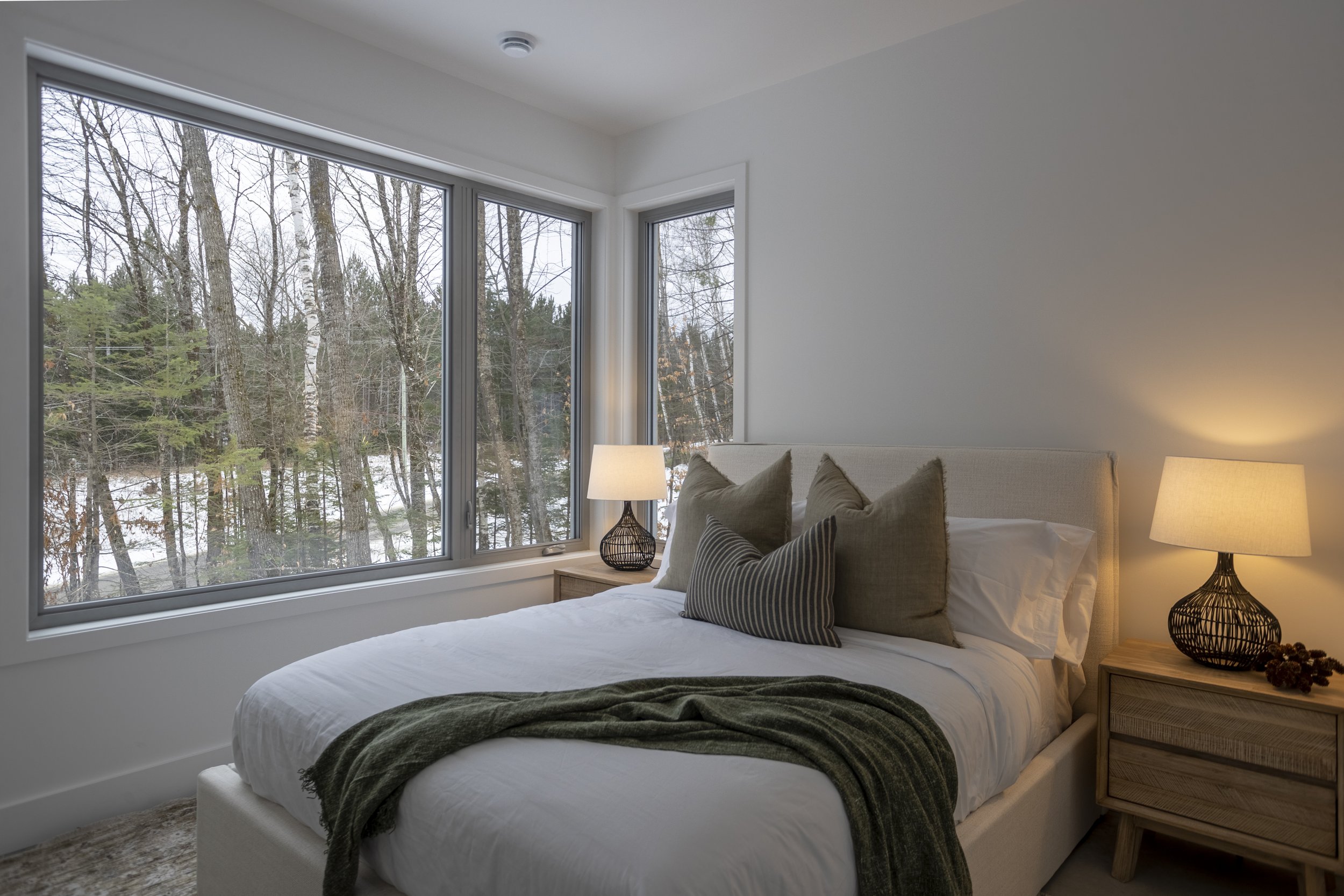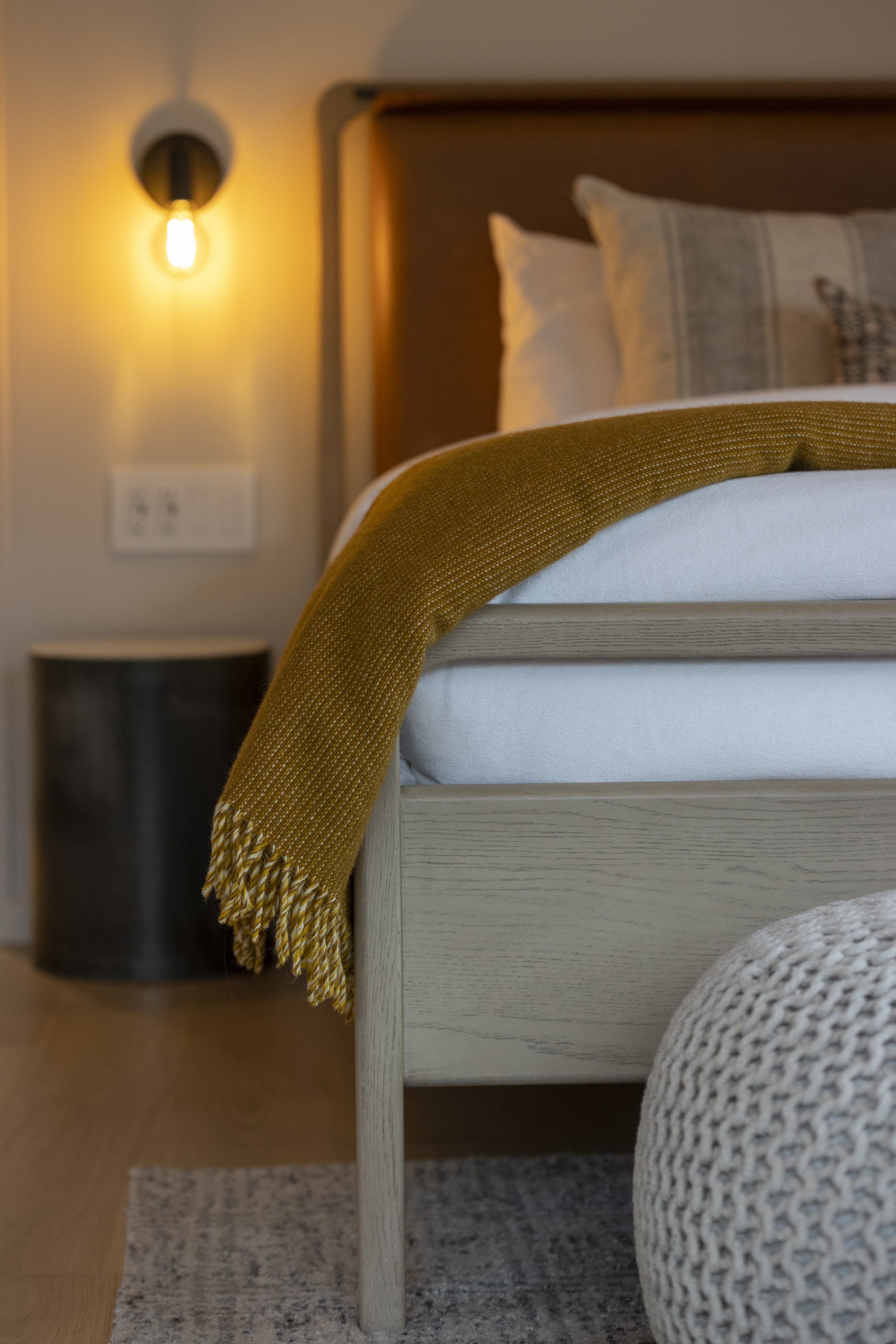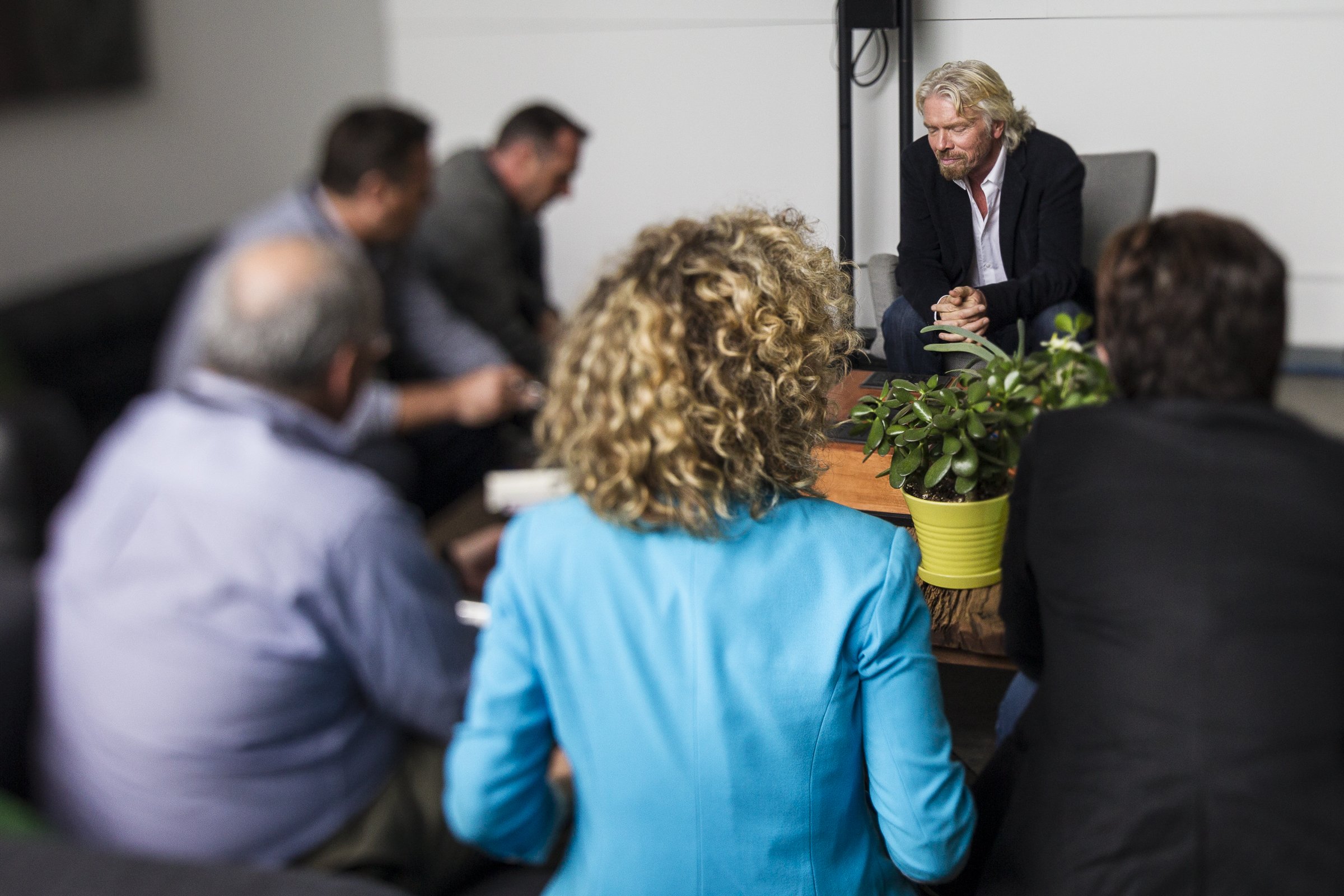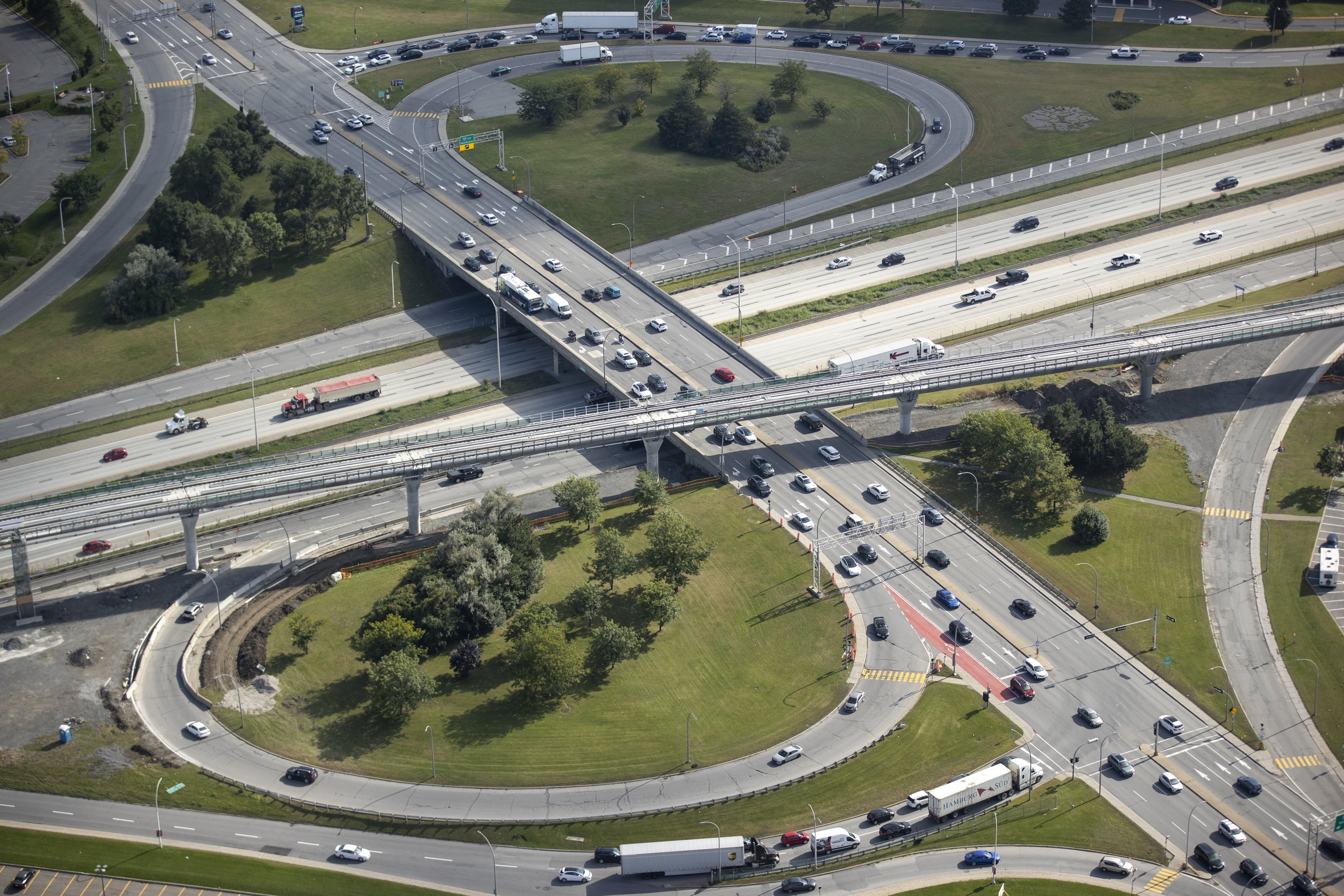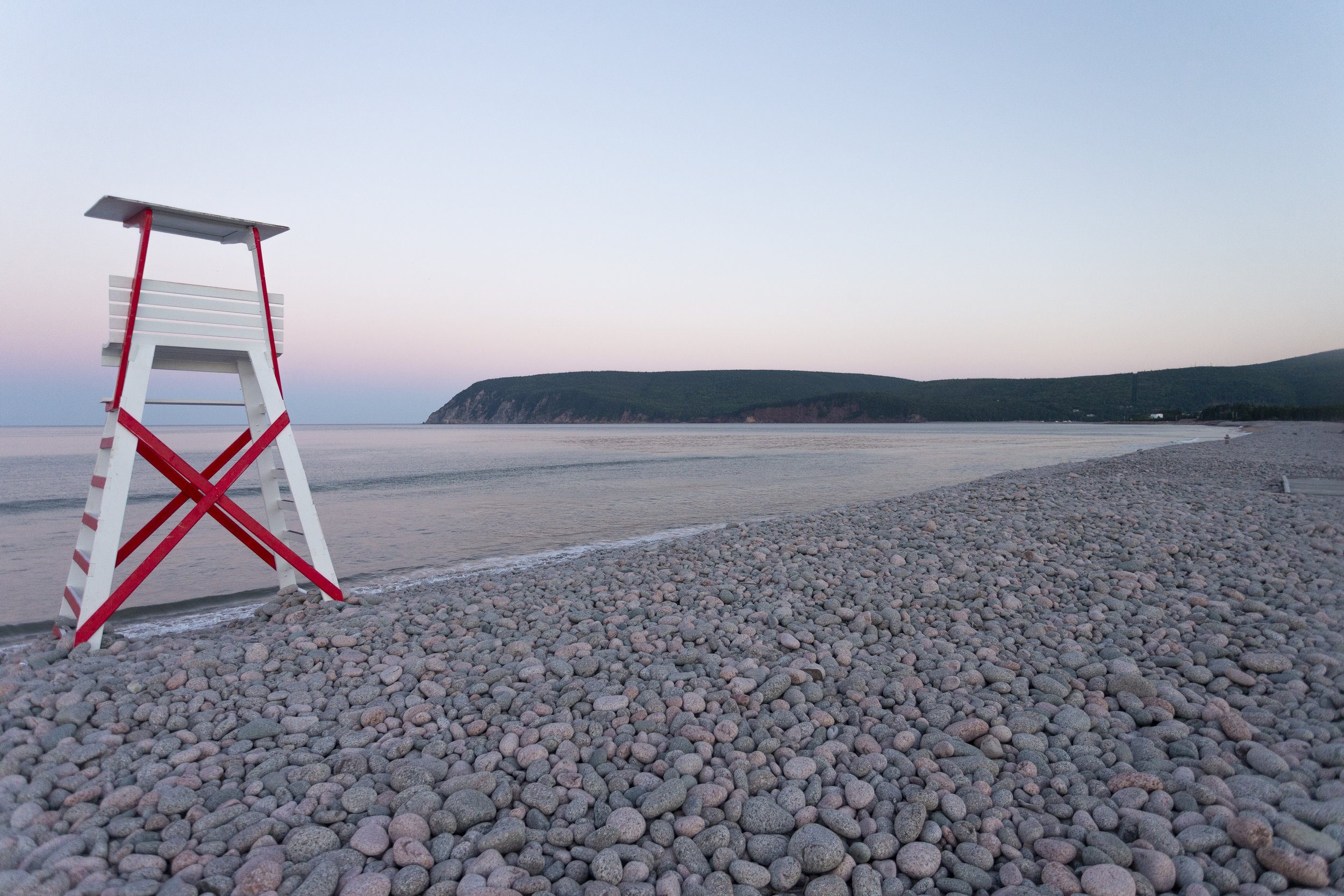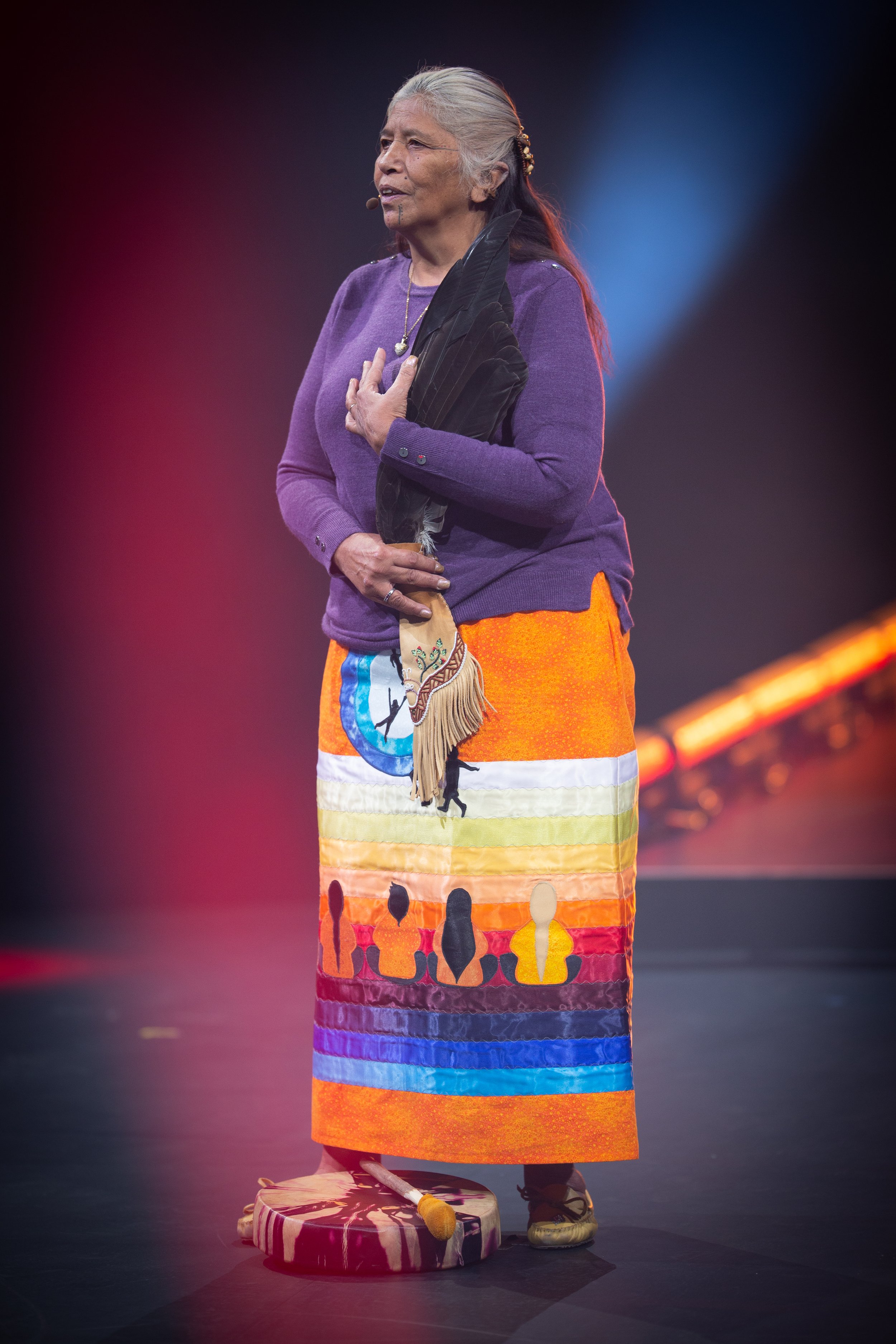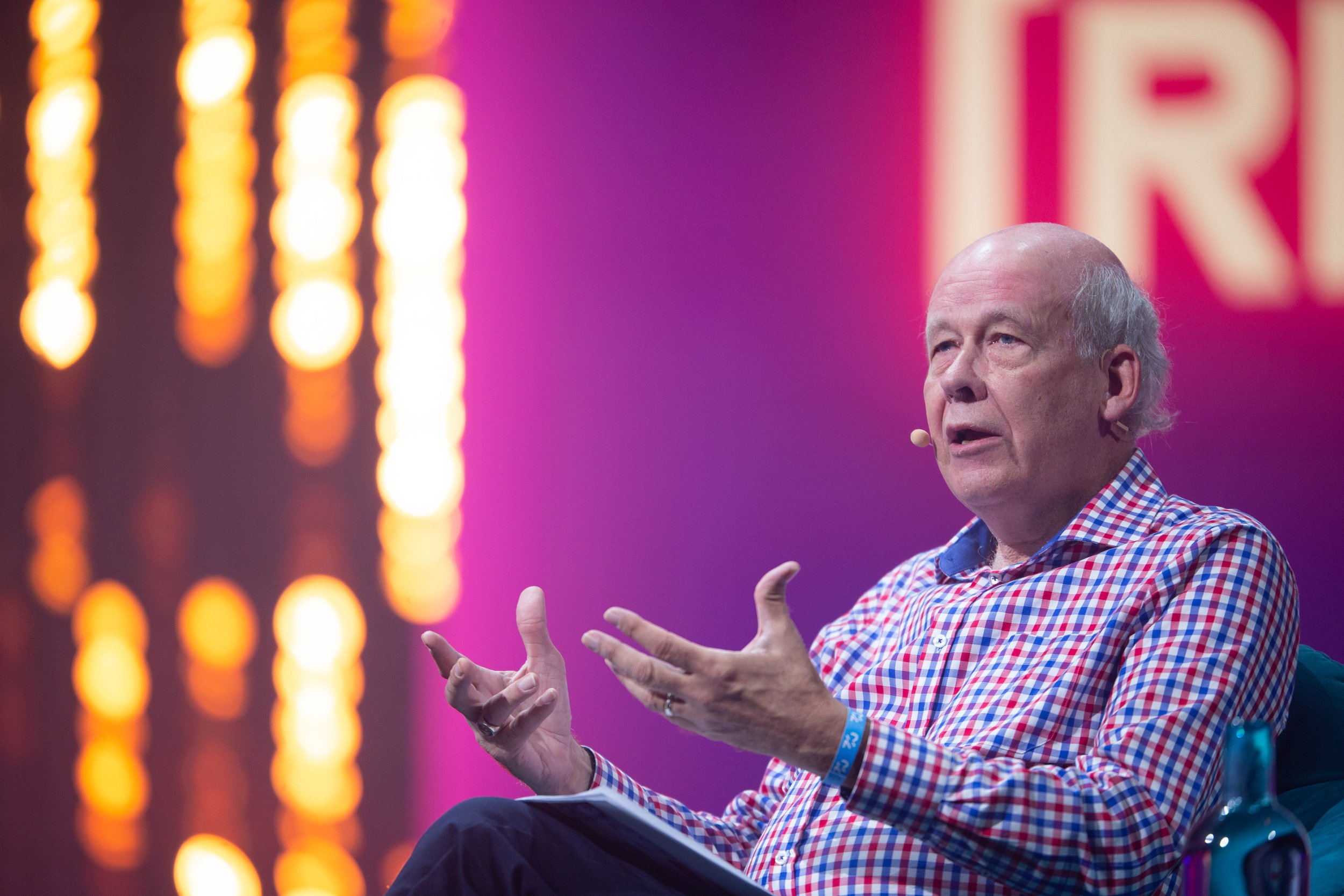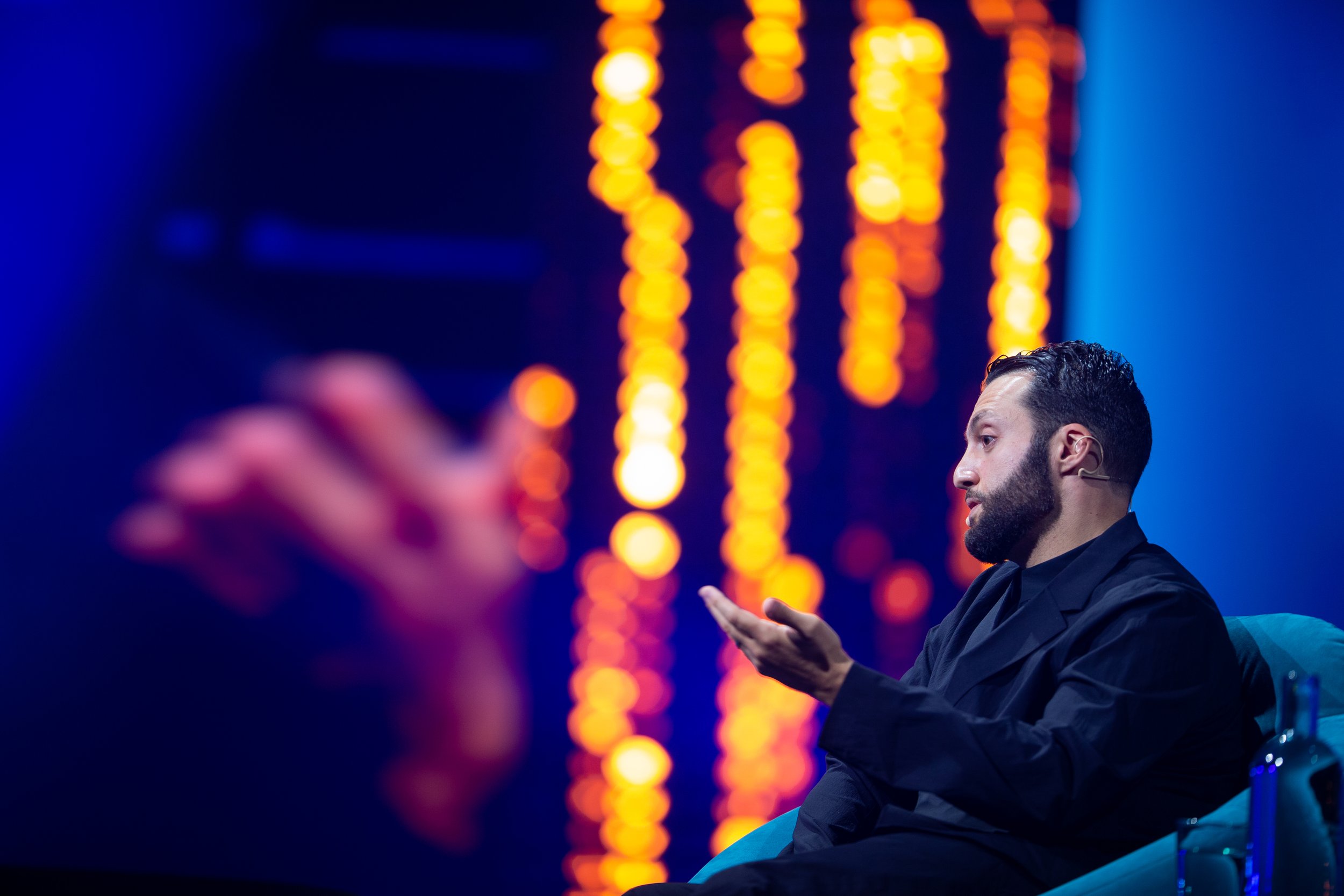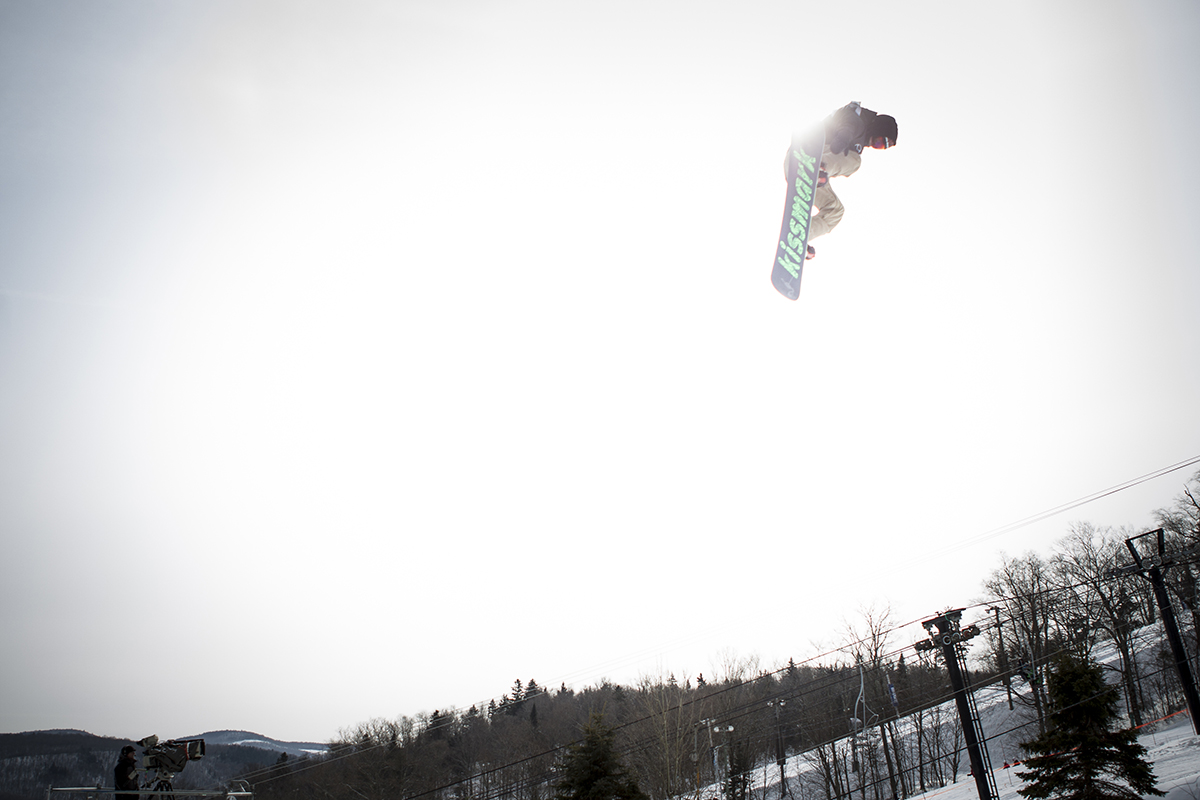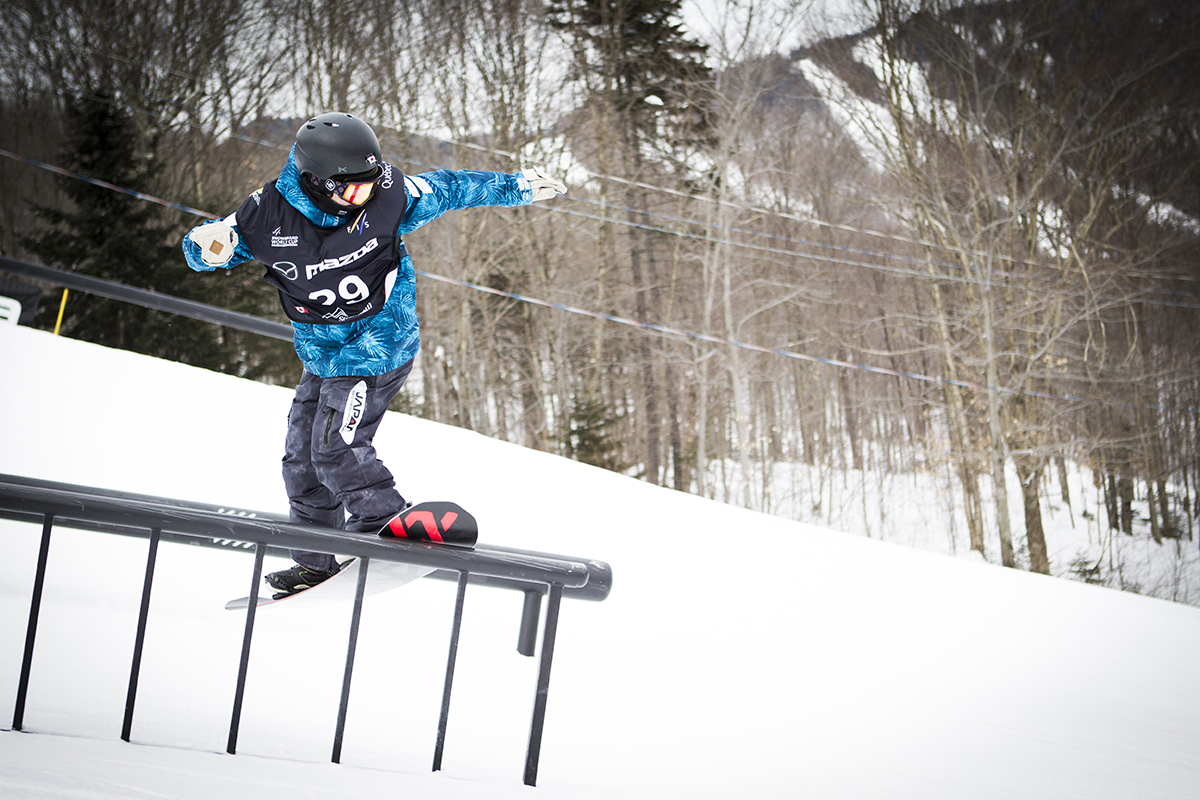Montreal Editorial Photographer
Mr.Saputo
A portrait session with Lino Saputo Jr., CEO and President of Saputo Inc.
International Women's Day Portraits for Audi Canada
I recently had the pleasure to take part in a national project for Audi Canada highlighting International Women’s Day. Here are my 2 favourites.
Interior Photography in Mont-Tremblant, Quebec
Some of my recent interior photography from around the Mont-Tremblant, Quebec.
Wheelchair Fencing
In the early days of my career I was working to become an established photojournalists. Sports. sports, and more sports. I was invited to photograph a Defi Sportif event in Montreal. Prior to attending I was unaware of the sport of wheelchair fencing. Basically, the two combatants are seated in their respective wheelchairs which are then clipped into a track that hold them in place. All of the moves the athletes make are pretty much upper body. I was captivated by the speed and ferocity of the bouts. I found the frame you see above. and early and longstanding favourite of my sports photography portfolio.
Sir Richard Branson
Sir Richard Branson was one of a wealth of speakers attending C2 Montreal in 2013. Being in the room, C2 as my client. This is why photographers know so much!
Caribou, Newfoundland and Labrador
This image was created along The Northern Traverse (formerly the North Rim) in Gros Morne National Park, Newfoundland and Labrador. The Northern Traverse is a mountain plateau around the Western Brook Pond fjord. The area is home to a Woodland Caribou herd. A species at threat throughout most of Canada, endangered in some regions.
LAURENTIAN LANSCAPE
I created this image while working with La Ville de Labelle, Quebec. They required some strong images showcasing the historic and rugged beauty of the Rouge River Valley. LAURENTIAN LANDSCAPE is part of my ongoing archive documenting the Laurentian Mountains of Quebec.
MONTREAL AERIAL PHOTOGRAPHY
I had the pleasure of helicopter flight yesterday over Montreal. The mandate was to created a series of images showing the project development stages of various publicly funded infrastructure sites. Respecting my client, I offer you instead a few of my out takes from the flight. (Out-takes: images I create for my own interests)
Ingonish Beach
Ingonish Beach is an amazing stone beach located on the South East coast of Cape Breton Island, Nova Scotia and is within the boundary of Cape Breton Highlands National Park. During the summer, the water is just barely warm enough to have a swim, thus the need for life guards.
Ingonish Beach. The newest image addition to my on-going PARKLAND SERIES.
PARKLAND showcases the rich diversity of public lands throughout Canada and explores our cultural heritage and connections to these precious places. You can view more images from the series on my Print Collections site N117.ca.
C2 Montreal [RE] Imagined in a Covid World
C2 Montreal 2021 wrapped yesterday at Tohu. I was happy to be back with the C2 team and working alongside so many creative collaborators. After the loss of C2, 2020, due to Covid, I was curious to see how the event would unfold this year. C2 Montreal ran their iconic event on a smaller, [RE] imagined scale. This allowed them to test out their new "hybrid" event format, which combines both live in person with remote via screen participations. One conference I photographed just had three screens with people all interacting in conversation. It was bizarre but still delivered lively content. Many attendees participated on-line as well due to restricted in person places. All said, it was different, but still worked. Here are some of my favourite images from the three days.
Photographing Non-Professional Models
By Allen McEachern.
I recently had the experience of working with non-professional models to create advertising for a national brand. The reason was that the client wanted to use their real employees to show the face of their company. This is an increasing trend in advertising photography. I believe that in this case it was a great approach to being transparent with the bigger message. The campaign has the goal of recruiting new employees. The message is that it is not just a job, but a career - highlighting the possibility for advancement with in the company.
The challenge for photographers, in this case me, is to be selective and honest with the candidates to be photographed. Without the intent of hurting feelings…not all people photograph well. The client is expecting a specific result and it starts by choosing the “right” people available at the time. When I am involved in the selection process I try to get the most visual information from the subject as quickly as I can. I try to see a range of expressions, looking at them from different perspectives. I start by getting them comfortable with me, making them laugh, or asking about them. I also want to start and build a raport with them as quickly as possible, make them feel at ease, relaxed.
Once we have a selection of staff to be photographed, I like to put them in context of their work. Place them or leave them in a place that is familiar to them. I ask the subject to show me something specific to their work, or tell me something about what they do. I ask questions and get engaged. Reading this back to myself I know this sounds obvious, but it really is a skill that has to be developed over time and delivered with ease, naturally.
I explain what I will be doing. How many shots will I be looking to make. What my goal is. “I am looking to make three strong portraits of you in three different poses. These images will be used for…….It should take us about so much time.” You get the picture. I explain briefly the settings of the camera and how they impact what I am creating - depth of field, lighting, sometimes describing a mood that I want to create. Most people are curious about photography and explaining what I am doing helps them focus on something else. I will even show them an image or two (beauty of digital). This can really help put people at ease once they see how they look. (* Use caution here - I won’t show images to someone that I sense as being self conscious or over nervous, or controlling - it could turn negative fast.)
Once the raport is established and the shooting starts, I am reading the subject’s body language. Are they engaging? How do they look? Am I getting both sides, different positions, changing the positions of the hands, the head, looking for details, making sure they look their best. I try to create as many options as I can. Horizontal, vertical, close up, medium, full length. Different placement in the frame, different lenses (two cameras) different d.o.f. settings, slight lighting adjustments. I am also very attentive to how the subject is feeling. Are they really nervous? Are they bored or distracted? Are they laughing for no reason?
My goal is to create the most value for the client. I also want to make the person being photographed feel proud about the images we create. If I can do these two as a base then I know it will work out for all of us.
How do you handle photographing everyday people for advertising? I think this is something that we will see more of. What are your thoughts.
Arwad, Syria - 1996
By Allen McEachern.
I took this photo on the island of Arward, Syria when I was 22. 19 years later... I am proud to see communities across my country welcoming Syrians.
Syrian Playground. Island of Arwad, Syria. 1996. © Allen McEachern
C2-MONTRÉAL DAY THREE PHOTOS + PARTY
By Allen McEachern.
Philippe Starck in Photos
By Allen McEachern.
As a follow up to yesterday's post...here are a few of the shots from Philippe Starck at the ground breaking, press conference, and 5à7 of Yoo Montreal. Yoo Montreal is a Starck inspired condo development in Griffintown, Montreal.
FIS Snowboard World Cup Slopestyle Final
By Allen McEachern.
Stoneham, Quebec, February 21, 2015. The FIS Snowboard World Cup Men and Women Slopestyle Finals from Stoneham Ski Station. Cold, snow, wind, La Belle Province in February.
5 Tips for Starting Photographers
By Allen McEachern
1. Follow Your Passion, Not The Money
I made the mistake of starting my photography career in debt, fresh from a return to university. I then moved to a part of Canada that I had never been to, where they spoke a different language. I know, not the brightest, but it happened. As a result of this I had to chase the money a bit more than I would have liked. I shot a variety of subjects for a wide base of clients. I never turned down a photo job for the first few years. The positive was that I experienced a variety of revenue streams within the giant realm of photography. The negative side was I was not following my passion, and it showed in my work. I should have followed my passion. I lost two years that could have been better used developing my niches. Specialist = deep niche. Generalist = wide market spread. Both work, one is more profitable.
2. Assist An Established Photographer Who Shoots What You Want To Shoot
I read that approximately 9000 people graduate every year from photo related studies in Canada. I don't know if this is true, but it seems possible. Lets assume it is true. How many of those graduates would do a paid masters degree if they could? To me, this is what it is to assist an established professional photographer. I suggest two years if you can handle it. Assisting will teach you more about what you already know. You will also learn about operating a studio, and how to treat clients. Your knowledge of customer service, value creation, networking, pricing, licensing, and negotiating will increase. For me, the time was hard, because I didn't want to mop floors, but I learned a lot that I might not have gained otherwise.
3. Invest In Learning About Business, Marketing, and Sales
Lets go back to those 9000 graduates. They all learned about lighting, cameras, lenses, post-production, shooting styles, etc. How many learned best business practices? Did they study contract negotiation? What about licensing their work, marketing, sales, small business financials, investing...the list goes on. The reality is as a photographer you need to be a business person, even if you take a staff job somewhere (if these even exist anymore). The more you can learn about business the better off you will be. Do you have a marketing plan, a business plan, a financial plan? The public library is a great place to start. I would recommend ASMP's "Professional Business Practices in Photography" as a good entry read. ( http://www.asmp.org)
4. Buy The Equipment You Need, As You Need It
I see photographers all the time who have gone to the camera shop, loaded up the credit card and filled their bags with everything cool. New lenses, the best flash, the big cameras, and so forth. We all love the gear, but start to act like a business. Buy what you need, as you need it. I always look through the local classifieds first. Sites like Craiglist, Kijiji, and others are a great starting place for good gear. I stay local because I want to be able to meet the seller in person and see the gear first hand. Think back to those 9000 grads...how many went on to start photography businesses or careers? How many of them went broke? How many of them are selling their equipment to pay off their debts? My last word on gear is this...save for the equipment you need. I know I will need to replace my computer every three years, my cameras every two years. I plan for this. I bank 10% of every contract right of the top and invest it in a small term deposit account that pays about 3% interest. This account is there for equipment and other business emergencies.
5. Insurance
Protect yourself, your clients, your equipment, your studio, your health. Commercial insurance is a must. I know it sucks to pay, I have paid about $1000 / year since 2005. But I sleep better, and work better, knowing I am completely covered regardless of what happens. There are many options available to photographers. I recommend policies that cover the replacement of your equipment along with commercial liability. I have a worldwide coverage for 365 days a year. No matter where I am in the world, I'm covered. Shop around for the policy that meets your needs. Speak to other photographers. Contact photographer associations such as EP, CAPIC, ASMP, NPPA, and so on...
Do you have something to add? Resources to share? Please feel free to leave a comment.
Good Luck!
Senior Portraits for Timbercreek
By Allen McEachern
Meeting people is one of the elements of photography that I love. Back in July of this year, I had a contract with a company called Timbercreek. Timbercreek owns and operates a number of senior residences, one of which is in St.Leonard, Quebec. Part of my mandate was to shoot a series of natural light portraits of some of the residence. Here are a few of my favourites.
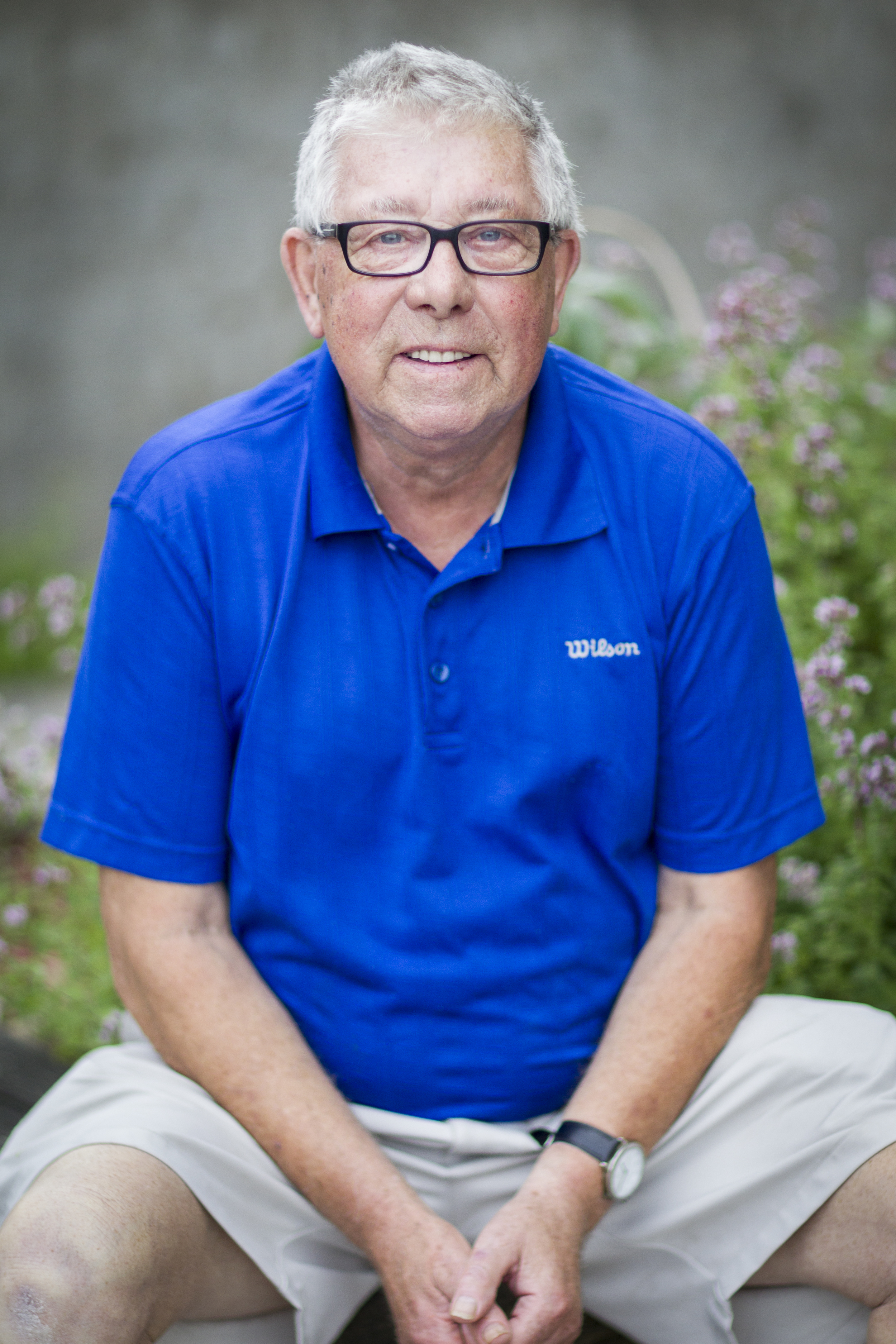
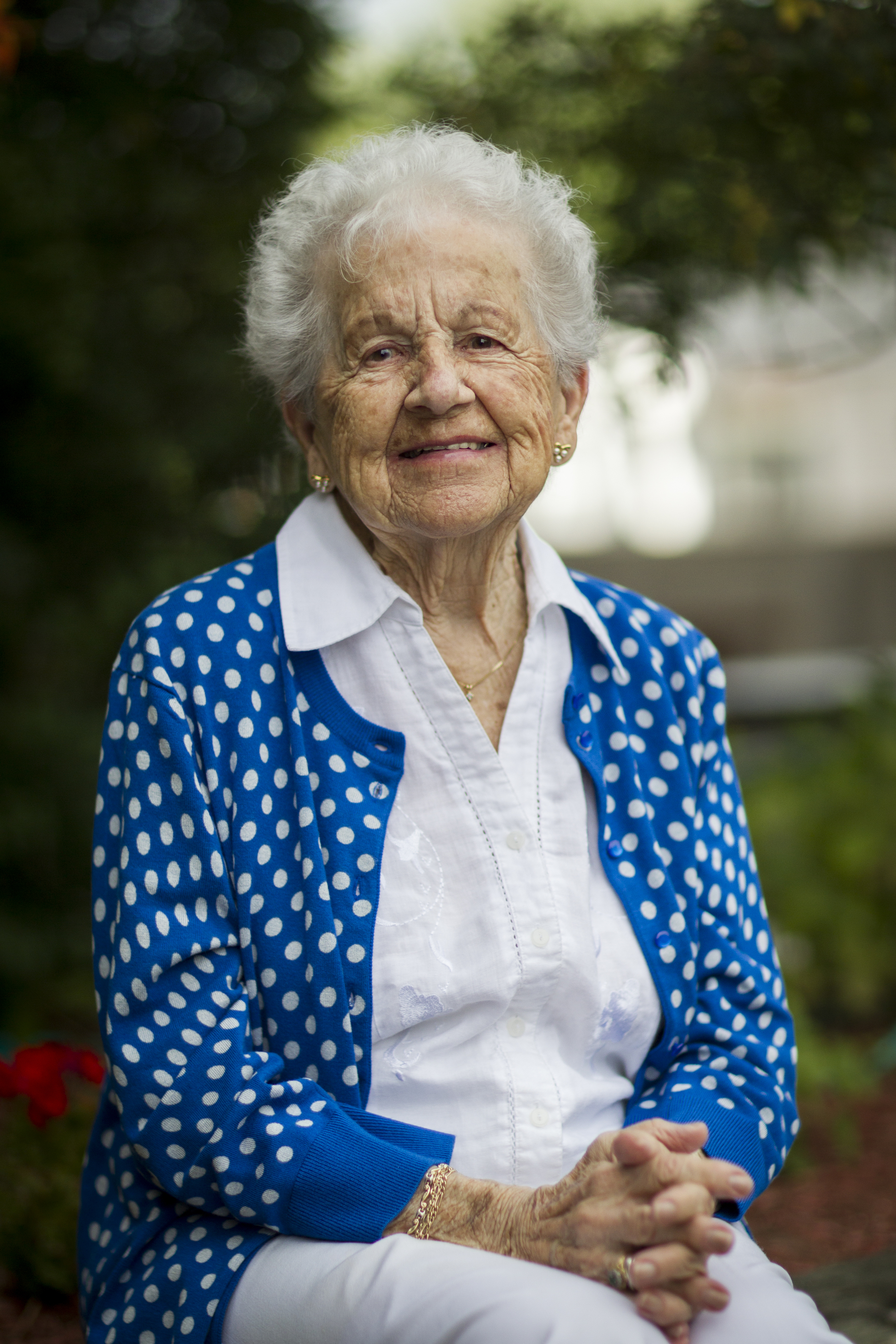
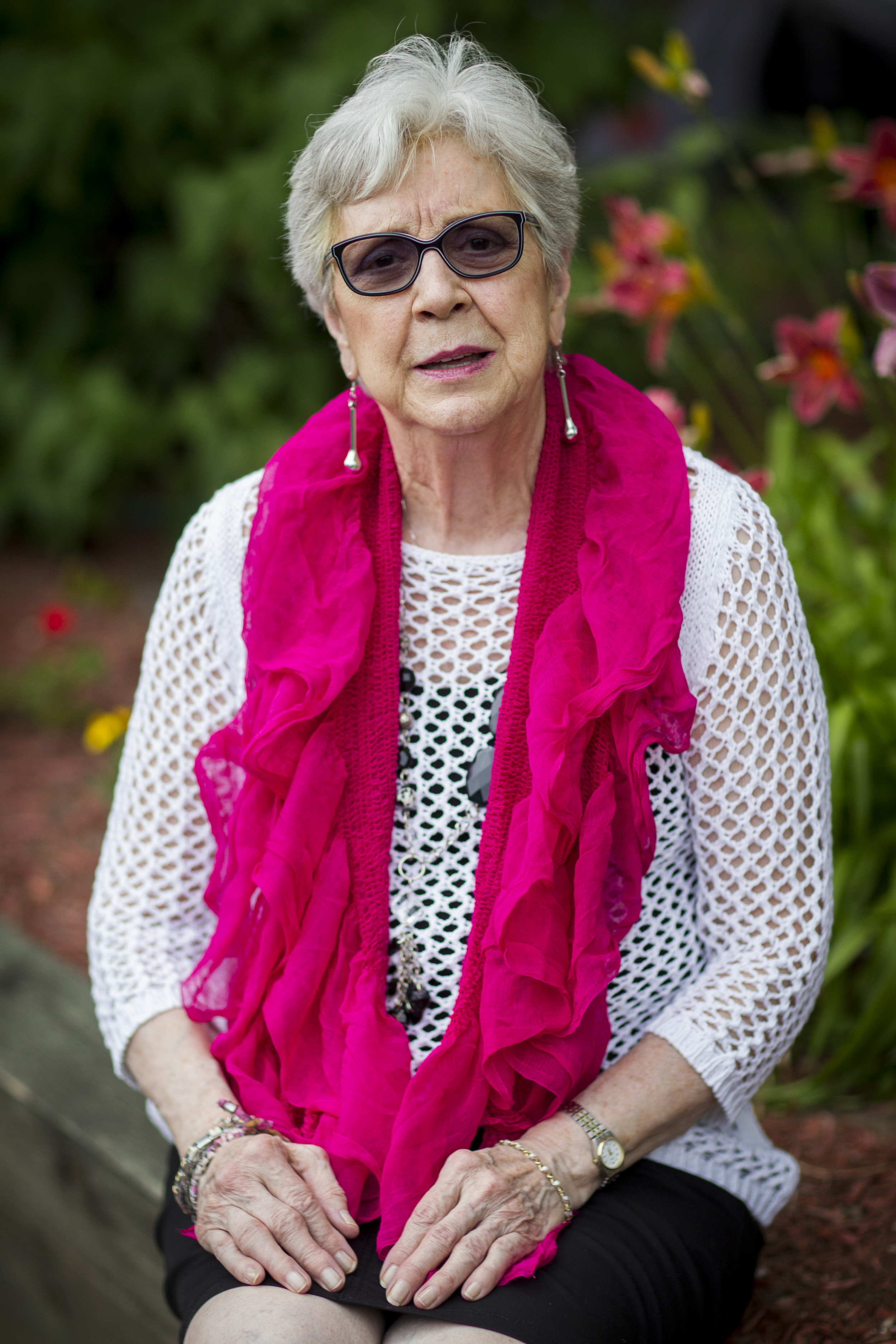

10 Things I Love About Being a Commercial Photographer
By Allen McEachern
July 4, 2014, marked the ten year anniversary of when I registered Allen McEachern Photography as a business in Quebec. Looking back on those ten years I realized what it is that I love about commercial photography, or, what has kept me going. Here they are:
1. A Love of People. As a commercial photographer, I get to meet, collaborate, direct, and react to some very interesting and talented people. From heads of states, to celebrities, to every day folks, photography has put me in front of many people I would normally never had met.
2. Problem Solving. Common sense, and experience are powerful together. Every photography contract, assignment, call it whatever, comes with unique challenges that require individual solutions. I love the daily challenge of solving these problems both through planning, as well as on the fly as they arise.
3. International Events. Shooting international sporting competitions is one of the biggest joys I take from working as a photographer. International media to speak with, compare notes, the fans, and access to world class athletes all combine to create something dynamic. Not to mention the precision, beauty, and excellence of professional athletes in motion.
4. Visual Communication. Capturing a moment is one thing. Telling the story that surrounds that moment is another. Being able to visually communicate with a viewer I think is the reason we are there.
5. Creative Collaboration. When I work, I may appear to be working alone, but I am often not. Take for example runway fashion. I love to shoot runway because I am looking at the finished product in all senses. The design of the clothing, the craftsmanship of the garment, the hair and make-up on the model, the lighting, the decor, the sound, and so on. All of these elements combine to add a bit more to the final product. I love shooting fashion for this collaboration.
6. Physical Work. Never let anyone tell you photography is not physical. Often we work building sets, painting, setting up rigging, lighting, remote power generators, walking into remote locations with many kilos of gear on our backs. Look at photography and try to figure out how the shot was made. Think rock climbing. I love the physical challenge.
7. Travel. Who doesn't like to travel? I have to admit, this was one of the things I thought I would do more of, but the market has changed a bit. I still get to travel a few times a year for assignments, contracts, but nothing compared to the stories I heard from guys in the 70's and 80's. The beauty of travel is being able to take great shots, meeting new people, and the visual stimulation that comes from experiencing new surroundings.
8. Lifestyle. I have a family, wife, and three kids. We live in Mont-Tremblant, Quebec. The largest ski resort in Eastern North America is five minutes from my house. Often, on non shooting days in the winter, my wife and I take an hour or two to get about 5-7 runs in after we get the kids out to school. Not many people I know working traditional 9-5 can not do this. Photography has given me a very flexible schedule and the time to do the things that make us happy for which I am grateful!
9. Technology. I am not a geek! But I love new glass, updated camera systems, new software, gadgets, apps, and so forth. I don't go too crazy, but you need to keep up to what is happening.
10. Client Satisfaction. Photography is a great gift when done well. Delivering a completed job to a client can often be very rewarding, especially if prints or similar products are involved. We sometimes loose this with electronic delivery, but even then the same sentiment is alive. As photographers we are often working individually within a team. When the photo looks good, we all look good. The pressure can be great at times, the release is hearing the sincerity of a client's approval.





